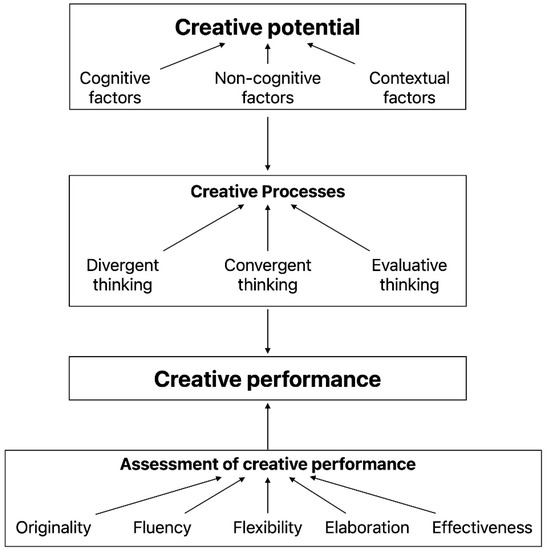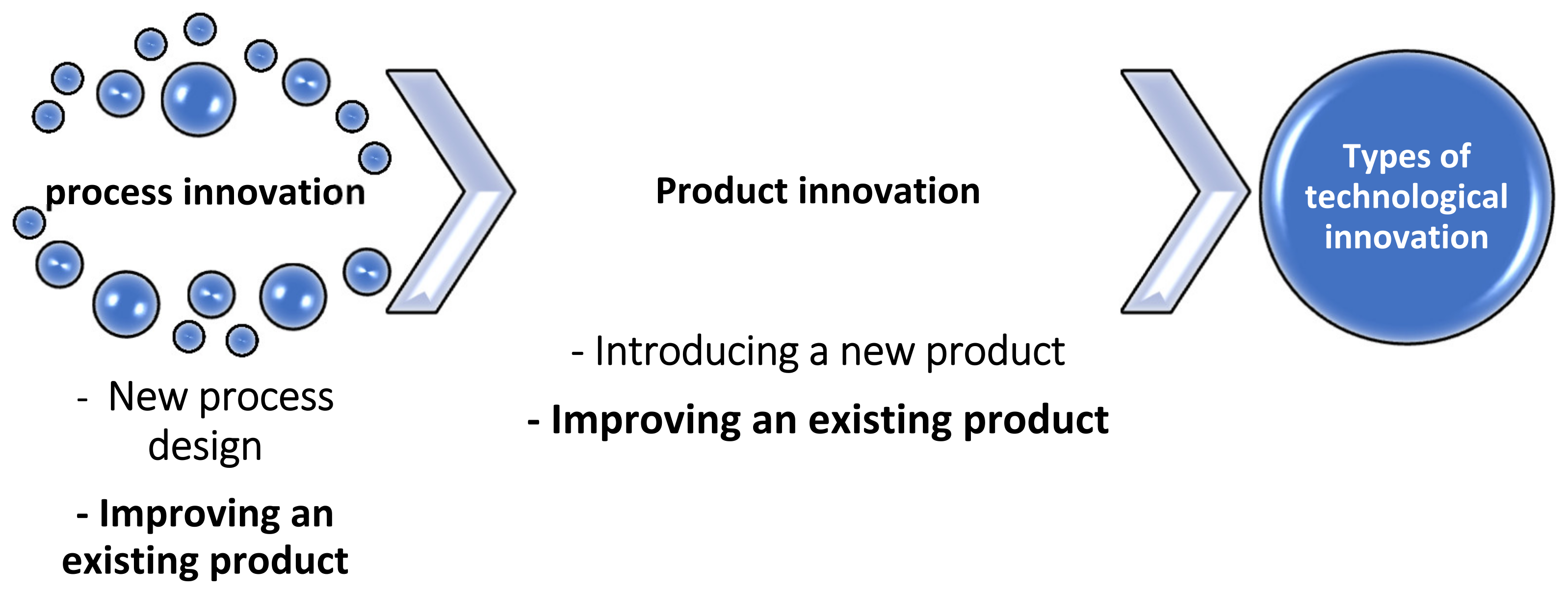Textile design plays a crucial role in the fashion and interior design industries. The ability to create unique and visually appealing patterns is essential for designers to stay ahead in this highly competitive market. With technological advancements, textile design software online has become a game-changer, revolutionizing the way designs are created, allowing for enhanced creativity and efficiency.

Credit: www.mdpi.com
What is Textile Design Software?
Textile design software is a digital tool that empowers designers to create intricate patterns and designs for fabrics. This software provides a wide range of tools and features that simplify the design process, enabling designers to experiment and unleash their creativity.

Credit: www.mdpi.com
The Benefits of Textile Design Software Online
1. Increased Productivity and Efficiency: Textile design software streamlines the design process, allowing designers to work more efficiently. With features such as drag-and-drop functionality, pattern libraries, and instant preview options, designers can quickly prototype and visualize their ideas, saving valuable time and effort.
2. Enhanced Creativity: Textile design software offers a vast array of tools and effects that inspire creativity. Designers can experiment with different colors, textures, and patterns, creating unique and visually stunning designs that would be challenging to achieve manually.
3. Pattern Reusability: Textile design software allows designers to save and organize their patterns, making them easily accessible for future projects. Patterns can be resized, recolored, and modified, enabling designers to efficiently reuse and adapt their designs, further improving productivity.
4. Collaboration: Online textile design software allows for seamless collaboration among team members, regardless of their geographical location. Designers can share their work in real-time, provide feedback, and make necessary revisions, fostering effective teamwork and minimizing coordination challenges.
5. Cost-effectiveness: By utilizing textile design software, designers can significantly reduce material waste and production costs. Digital designs can be previewed and modified before production, eliminating the need for multiple physical prototypes and minimizing resources used.
Popular Textile Design Software Online
| Software | Key Features |
|---|---|
| Adobe Illustrator |
|
| CorelDRAW |
|
| Photoshop |
|
These are just a few examples of popular textile design software available online. Each software has its own unique features and capabilities, catering to different design preferences and requirements.
In Conclusion
Textile design software online has revolutionized the industry by providing designers with powerful tools to enhance creativity and streamline their workflow. With increased productivity, enhanced creativity, pattern reusability, collaboration opportunities, and cost-effectiveness, using textile design software is a must for every modern designer.
By utilizing textile design software, designers can bring their ideas to life, create stunning patterns, and stay ahead in the competitive fashion and interior design markets.
So why wait? Dive into the world of textile design software online today and take your creativity to new heights!
Frequently Asked Questions For Textile Design Software Online: Boosting Creativity And Efficiency
What Is Textile Design Software?
Textile design software is a digital tool that enables designers to create, edit, and manipulate patterns, colors, and designs for fabrics and textiles.
How Does Textile Design Software Work?
Textile design software works by providing a user-friendly interface where designers can select patterns, colors, and textures, and apply them to their designs. It allows for various customization options and helps visualize the final product before production.
Why Should I Use Textile Design Software Online?
Using textile design software online offers convenience, as it allows you to work from anywhere with an internet connection. It also provides a wide range of design options, instant previews, and collaborative features that enhance creativity and productivity.
Can Textile Design Software Assist In Creating Unique Designs?
Absolutely! Textile design software provides a vast collection of pre-designed elements, along with tools for customization. This allows designers to create unique patterns and designs tailored to their vision and style.
Comments
Post a Comment